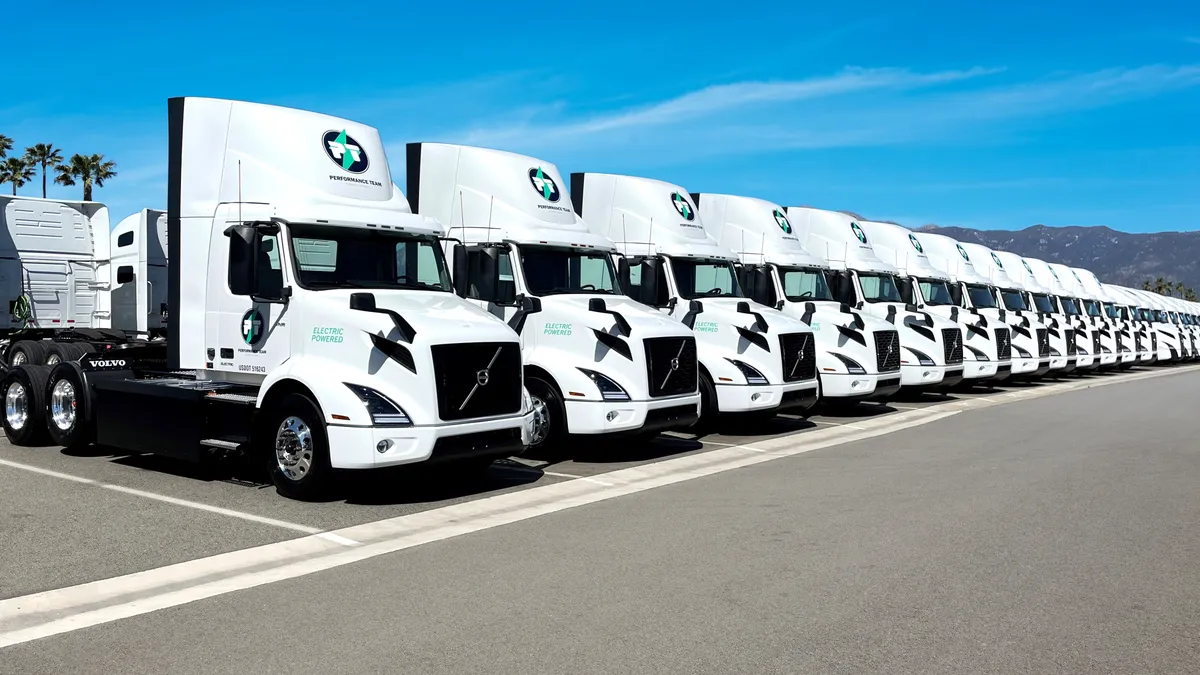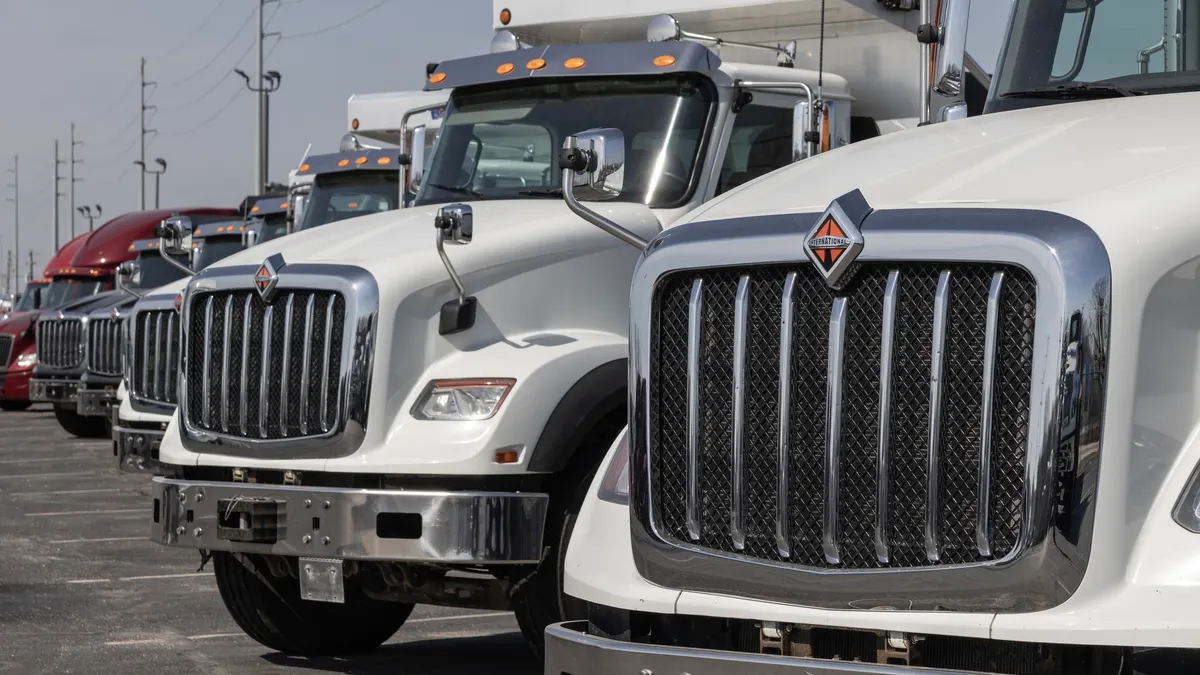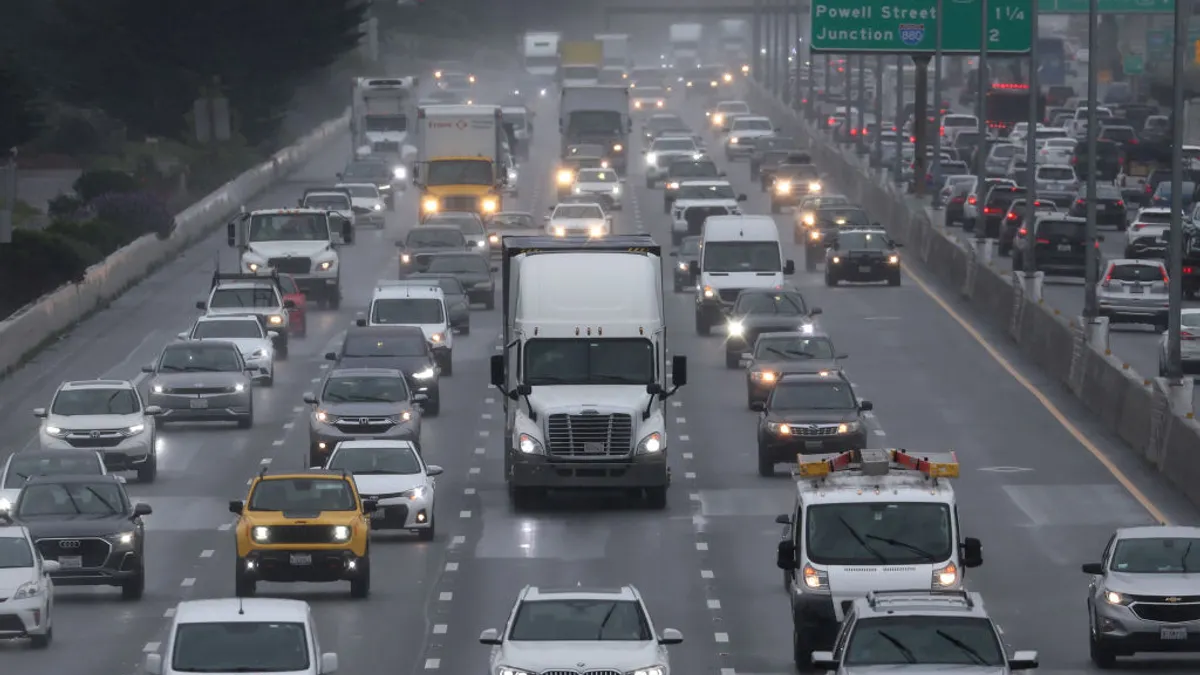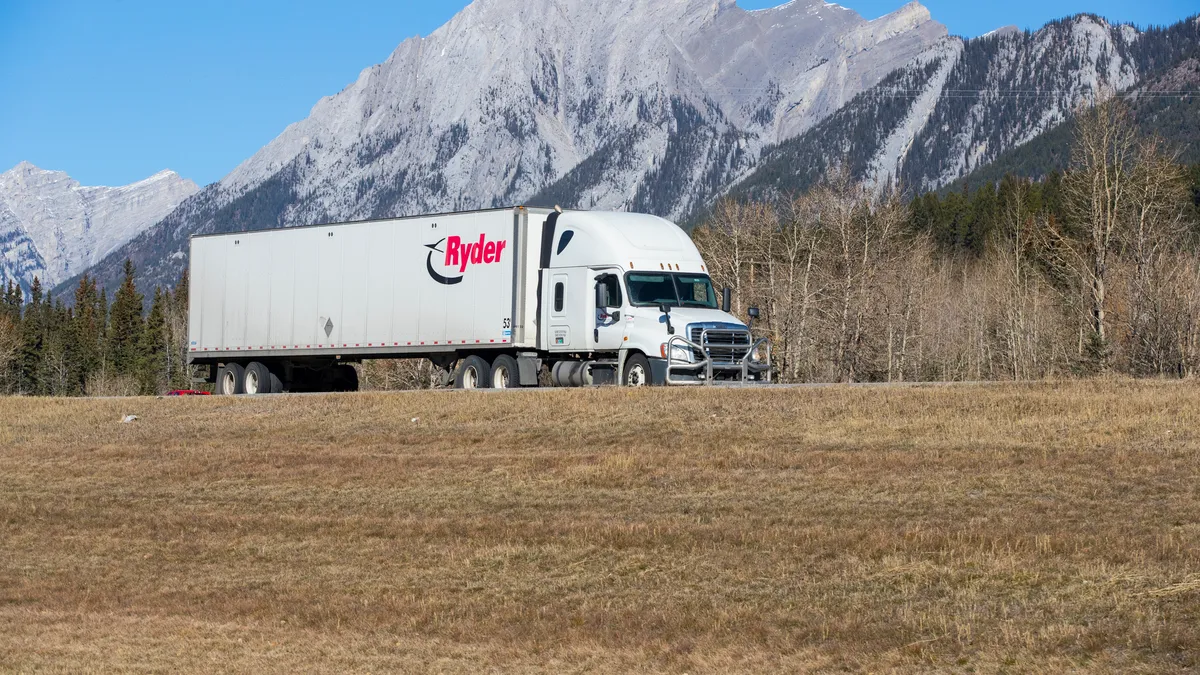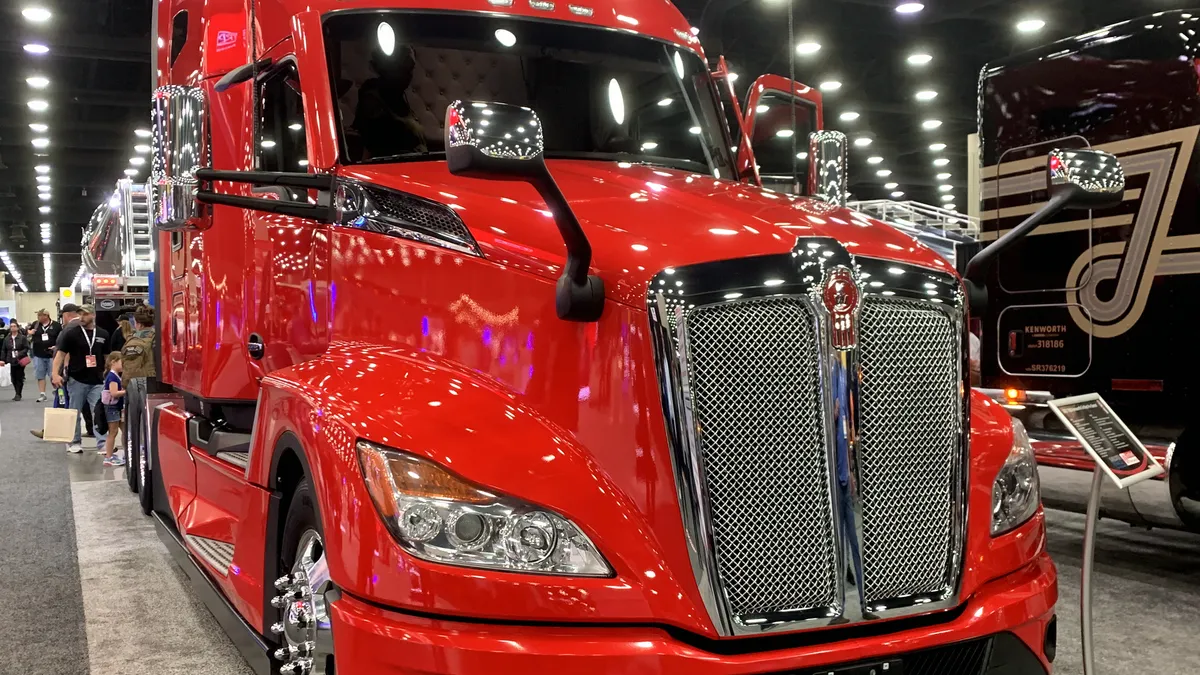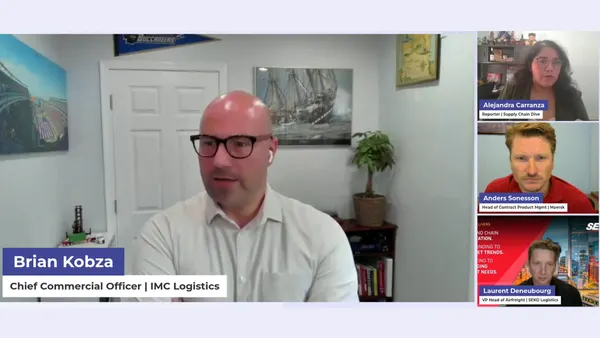Six customer and conservation groups have asked the New York Public Service Commission to tackle issues surrounding the electrification of medium- and heavy-duty electric vehicles, a sector broadly referred to as MHDV.
Passenger cars and trucks have been the focus of New York's transportation electrification efforts so far, but the groups say more must be done for the state to achieve its clean transportation goals. Incentives for MHDV infrastructure are needed, they say, and existing programs need to be redesigned.
The sector "cannot be ignored, even in the short term," the groups wrote in their request.
Natural Resources Defense Council and other groups filed the petition May 11 in an ongoing electric vehicle infrastructure proceeding led by state regulators that so far has focused on passenger EVs and the light-duty sector.
There are now roughly 100,000 electric vehicles registered in New York, and last year Gov. Kathy Hochul, a Democrat, signed a law requiring all sales of new passenger cars and trucks in the state be zero emission by 2035. The MHDV sector is included in that law, with a 2045 target.
To help accelerate light-duty adoption, the PSC in 2020 approved a $701 million make-ready program to incentivize development of thousands of public charging locations. Clean transportation advocates say similar steps may be needed for the MHDV sector, and transitioning larger trucks and busses away from internal combustion engines "is an essential element of any strategy to avert the worst impacts of climate change," the groups said in their petition.
"Since 2020, a lot has happened to really help to accelerate [the EV] market within the state," said Kathy Harris, clean vehicles and fuels advocate in NRDC's climate and clean energy program. "And so it's really the prime time, now, to make sure ... there's charging infrastructure available, and that the utilities are properly preparing for this new wave of electrification in the transportation sector."
Compared with passenger vehicles, designing MHDV policies is "vastly more complex," Fuels Institute warned in an April report.
"The MHDV market policies, targets, and expectations cannot be the same as those for light-duty vehicles," the report said, pointing to vehicle diversity and customization and challenging operating environments. Legislators, regulators, and corporations "need to understand this complexity as they set targets for policy and design incentive mechanisms for market suppliers."
Along with NRDC, Sierra Club, CALSTART, Environmental Defense Fund, South Bronx Unite, and WE ACT for Environmental Justice, signed the petition.
The groups are asking the PSC to work with the state's utilities and agencies to collect information on the "current level of deployment of electric MHDVs and associated charging infrastructure in New York," as well as the timeline for anticipated vehicle and charging infrastructure deployments. Existing MHDV programs should be reviewed to ensure they are effective, and the groups want the PSC to initiate a stakeholder process similar to the light-duty proceeding.
The state's largest utility, Consolidated Edison, said it supports the petition at a broad level.
"There is a need to commence a proceeding and really to bring incentive dollars for that market," said Con Edison EV section manager Britt Reichborn-Kjennerud.
There are other stakeholder proceedings underway on the same issue, she noted, and it would be good for the PSC's efforts to align. The Northeast States for Coordinated Air Use Management group, for instance, is expected to finalize a regional MHDV action plan later this year.
"We'll start moving towards like a full-scale program once we have that stakeholder guidance finalized," Reichborn-Kjennerud said.
Utilities need to be prepared because demand from the transportation sector can grow rapidly, she said. Charging stations can be installed in a matter of months, rapidly adding megawatts of demand.
"Transportation loads can come on quite quickly," Reichborn-Kjennerud said. "They're not big and complex projects like a whole building."
Existing programs can be improved
The light duty infrastructure program approved by the PSC in 2020 did include some small investments in the MHDV sector, but those programs have not grown the way stakeholders had hoped. The NRDC petition asks regulators to "address program features that are limiting their current use."
"Based on the last two years of trying to implement the pilots, it appears as though the medium and heavy duty pilot has not been as successful as the light duty vehicle program has been," NRDC's Harris said. "That is not, from my perspective, [because of] a lack of need for the infrastructure."
A lack of uptake may have to do with incentive design, said Reichborn-Kjennerud. The MHDV pilots funded work on the utility side of the meter, "recognizing that medium- and heavy-duty vehicles will bring in some really concentrated, large loads. ... But that program doesn't cover the customer-side work."
That leaves a "financial gap," Reichborn-Kjennerud said. For a lot of fleets looking to go electric, "their models may not pencil out because more incentives are needed to really spur that development." There are also fleets which have electrified, but because no grid upgrades were required the MHDV pilot was not utilized, she said.
The current number of MHDVs on the road in Con Edison's service area is "relatively low," utility spokesperson Allan Drury said in an email. "However, we are seeing increasing interest in electrification through our Fleet Assessment Services and conversations with customers ranging from delivery vans and trucks to school and transit buses."
"A key barrier still appears to be the total cost of ownership highlighting the need for incentives to mobilize this market into a virtuous cycle," Drury said.
An MHDV-specific proceeding could address how incentives are structured and how existing programs could be improved, say advocates.
"Some of the ways the program was created need to be reevaluated to ensure that we're addressing the actual needs of fleets," Harris said. An MHDV proceeding would be "an opportunity for the utilities and for the commission to evaluate the program as it is, and take the lessons that we are hearing and learning and help to make sure that is actually a successful program."



